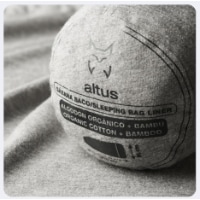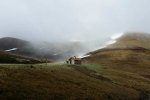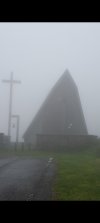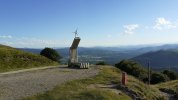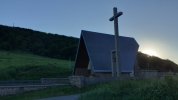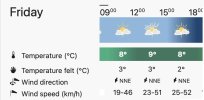Hi JabbaPapa,On my 1994, I was walking an average 42K/day, and had about a month of the Camino already in my legs.
I left SJPP at about 11AM, and just barely made it to the Albergue in Roncesvalles in time. I was averaging about 6kph on the flat.
But that was in July or August.
Sunset will be much earlier, and October weather in the Pyrenees is unpredictable. I was a very fast walker, and your plan is unrealistic. Start the next morning instead, as by October some Albergues will already be closed.
Thank you very much for your words, your experience is very important to me and will certainly help me.
I have no experience in mountain/hiking and I am not familiar with the term "speed on the flat". Do you remember the speed you were going on the trail when you refer to "6 km/h on the flat"?
In general, how did you manage your 42 km/day in terms of stops, food, schedules...?
I expected to find many people who had already walked this stretch in the afternoon, but I was completely wrong.



